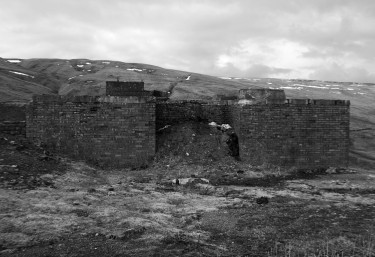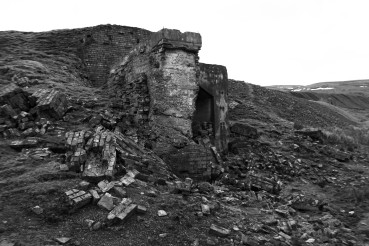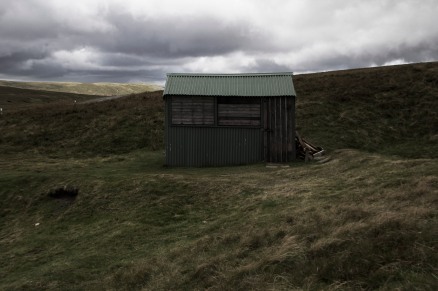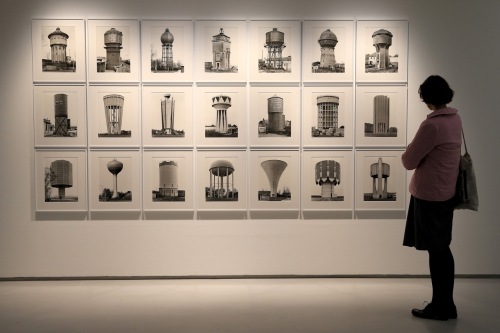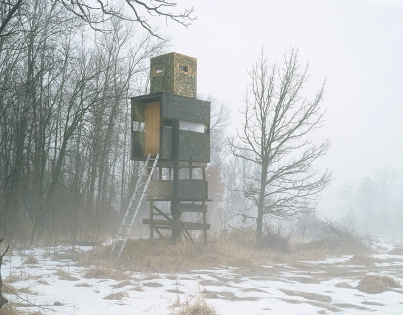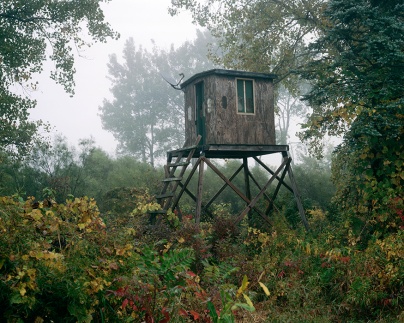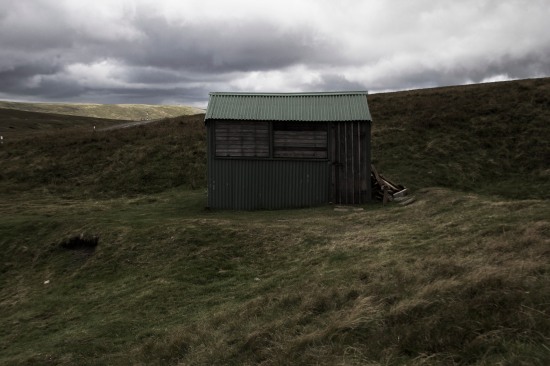Picbod- Conclusion.
When starting picbod I had definite idea as to what I wanted to base my whole project, which was to photograph the body in some kind of form, as portraiture is the genre I usually prefer. However, the lectures and weekly tasks opened my thoughts about what picbod and the themes within it is all about and in the end photographing everything else but the body proved to be a lot more enjoyable and interesting. Being able to explore my project’s idea of human presence within derelict buildings and areas in a location that I feel comfortable with and am using for other personal projects made this project a lot more easier within terms of time keeping and management as I didn’t have to spend the majority of my time scouting areas and spent more time focusing on what I was photographing and how I wanted my work to be perceived by others.
After creating and bringing to life an exhibition at the end of last year, I really enjoyed the setting up my work to be ‘exhibition ready’ side of things as I was able to apply a lot of the concepts and knowledge I had gained previously into this module’s work.
However, there were a lot of complications along the way that did in many ways change things within my project, for example not being able to get as many photographs as I would have liked due to the weather meant that I had more restriction in terms of what I wanted to use in my exhibition. Also picking a location that is relatively expensive to get too and is far away meant that any mistakes created could not be easily changed by going back out and taking photographs again especially in the time frame left that I had given myself. One problem that I do feel created an impacted on my work is that on the day the lens I had been using blurred all the images on the left hand side of the frames. Unfortunately, this only appeared when I viewed the photographs on the computer and by this time it was too late to go back and retake the shot with a different lens. Luckily this isn’t as obvious in the images I selected for my final series. Another problem occurred was the quality of the prints, when getting my images back from the place I ordered my prints from I noticed that there was a very yellowy tone to the black and white images. In some photographs it isn’t that noticeable, on others however it is. If I had more time and money, I would have liked to shoot this series on medium format and print these images on a larger scale.






